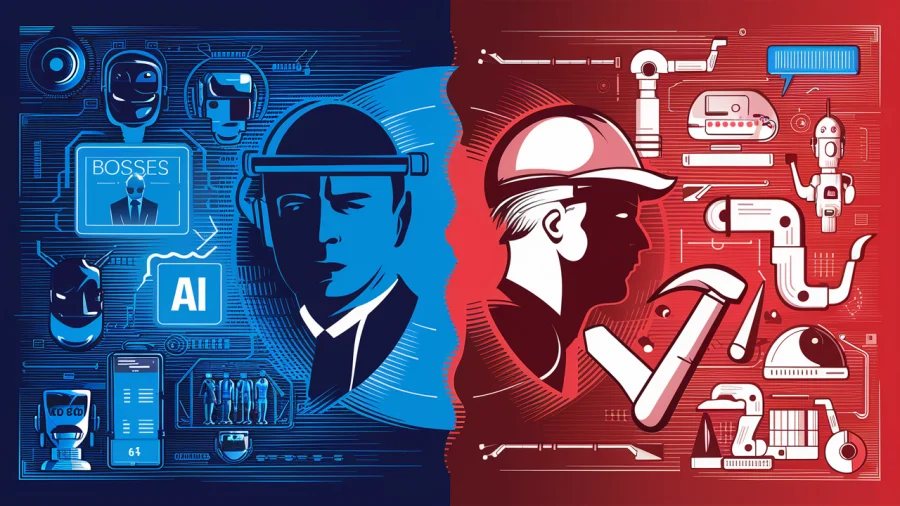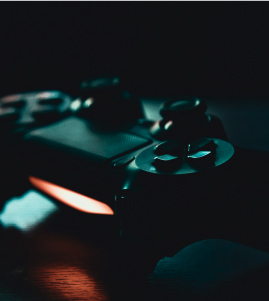When it comes to the Internet of Things (IoT), the key to widespread adoption isn’t a mass of features, but on how much attention is paid to user experience.
Where corporate and industrial buyers may focus on a device’s spec sheet and feature set, consumers care more about how a product is designed and how easily that product integrates into their everyday lives.
Gartner Research released a report estimating that a typical family home could contain more than 500 smart devices as early as 2022. This bolsters another report by Xfinity and August that estimates 1 in 4 homes in the United States will contain smart home technology by 2017.
It’s clear that IoT technology is exploding right now with a surge of new research and development being done by leading manufacturers, crowdfunding projects, and unprecedented interest in autonomous vehicles.
Appealing to consumers takes more than great features
However, in order for every homeowner to want this technology in their home, it has to be sexy enough for them to. A device can be capable of telling your water heater to lower its temperature when you’re away from the house, but if doing so requires you to install a box the size of a football next to your thermostat, you might not want it in your home.
Good design is critical to customer adoption. In a recent article for the Harvard Business Review, Scott A. Nelson, the chief executive and CTO of Reuleaux Technology, and Paul Metaxatos, a co-founder and a principal at Motiv, shared their thoughts on the importance of design in creating the next generation of the Internet of Things.
“Effective product design and innovation are the result of an integrated, thoughtful process that focuses on making things that simplify, delight, or enrich the lives of people,” they said. “Developing mutual respect and creating an effective technology-design dynamic are essential if the connected device market intends to move beyond its current hype bubble over the next few years.”
The strength of IoT is in its ability to be invisible to the user. Low-powered wireless connections, long battery life, and small electronics are just a few of the critical pieces of the IoT puzzle that engineers have to solve.
Ideally, consumers want the products they use to improve their lives, not to create an eyesore or stress them out through poor user experience.
Solving the design puzzle
Apple is a prime example of a company that benefitted from going against the grain and focusing on solving a problem, then developing the technology around a design concept.
During an Apple event held in March 2011, Steve Jobs emphasized the importance of design in the development of technology, “It’s technology, married with liberal arts, married with the humanities that yields us the result that makes our hearts sing. And, nowhere is that more true than in these post-PC devices.”
Among Apple’s top design choices was simplicity. Consumers demand simplicity in the products they by. If a product too frustrating, there is a good chance the consumer will give up and walk away, never to become a return customer. Or worse, they will address their frustration in a public forum such as Twitter, preventing additional sales.
The individual leading the development team must also have clear understanding of the importance of design in the final product. The team should have a definite list of priorities and problems that the technology should solve for the customer, as well as constant testing to ensure that the solution doesn’t itself create new issues.
A product team’s designers should have access to and a general understanding of the technology. They can draw a circle, but with no clear sense of what should go inside the circle, the team will be at a disadvantage.
With good communication between these two vital parts of the product development team, and enough understanding to the priorities of the project, the product will become inherently more appealing to consumers and more likely to end up in their homes.
















